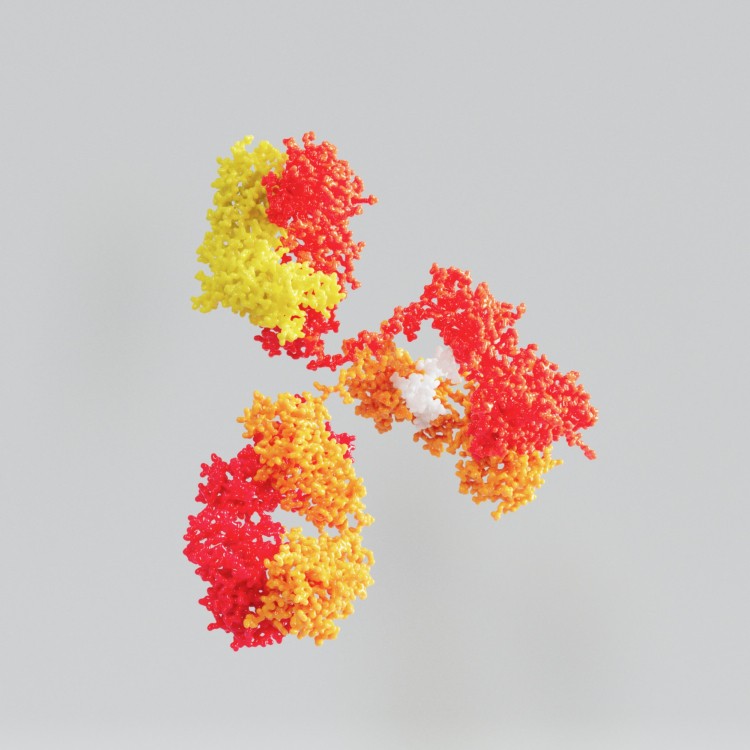

Identification of a problem forms part of the technical contribution of a patent
In the catchword that was added to the decision the following is stated (underlining added): “The undesired phenomena observed in the patent with the use of the prior art compositions would not inevitably manifest themselves upon the practical implementation of the teaching of the prior art. The recognition of the relevance of these phenomena should therefore be considered to form part of the technical contribution described in the patent. A specific reference in the formulation of the objective technical problem to the avoidance of these phenomena risks to unfairly direct development towards the claimed solution, which is not permissible in line with the principles as developed in the established jurisprudence (see reasons section 4.2.3).”
Background
Granted claim 1 of EP 1687019 B1 (the patent under Appeal) concerned an injectable pharmaceutical formulation comprising the peptide liraglutide and comprising propylene glycol. A similar pharmaceutical formulation was disclosed in D3, except that the composition of D3 did not comprise propylene glycol, instead mannitol or glycerol were present as isotonic agents.
The Appeal
The patent explains that the pharmaceutical composition typically is sold in a cartridge and that the filling equipment for these cartridges (including an injection device that injects the pharmaceutical composition in the cartridge) rapidly fouls when mannitol is used as an isotonic agent. Gel-like droplets appear. The patent demonstrates that propylene glycol “allows to avoid the formation of deposits on equipment and clogging of injection devices occurring with compositions comprising mannitol” (reason 4.2.1). The formation of deposits and clogging appears after repetitive filling of the cartridges, this is demonstrated in the patent a.o. by duration tests.
D3 disclosing the similar composition yet with mannitol was selected as closest prior art. D3 is not concerned with the formation of deposits, only the stability of the composition during storage was assessed. The appellant-opponents reasoned that the problem of fouling should be in the objective technical problem and argued that the above fouling would inevitably manifest upon the practical implementation of D3.
The Board did not agree because the conditions of testing as done in the patent were not evident from D3: ”Document D3 does not require or even suggest that the same needle should be used repeatedly nor that drops of the composition should be left drying or that the filling procedure should be continued uninterruptedly for 24 hours” (reason 4.2.3).
Instead, the Board saw the recognition of the relevance of the fouling to form a part of the technical contribution of the patent. According to the Board, including this technical contribution in the objective technical problem risked to an unfairly direct development towards the claimed solution, which is impermissible hindsight.
The patent also demonstrates a good stability of the pharmaceutical composition. The Board saw no technical contribution in that, as the prior art composition also had a good stability. Consequently, this stability was introduced in the objective technical problem which was defined as: “the provision of liraglutide containing compositions having optimized manufacturability and usability whilst maintaining stability” (reason 4.2.5).
The Board then assessed the obviousness of the solution. Several angles were provided by the appellant-opponents. Prior art disclosed that propylene glycol improved stability of specific peptide solutions (whilst for other peptide-solutions this was not the case). The Board deemed this prior art not to point to the obviousness of the solution as this teaching does not provide a reasonable expectation that the stabilizing effect can be extrapolated to a liraglutide solution, and the teaching especially does not imply an improved manufacturability of the solution.
Other Case Law
In reason 4.4 decisions T1087/15 and T800/91 were discussed both relating to the formulation of the objective technical problem. The Board saw no divergence with these decisions. The Board acknowledged that knowledge of the claimed invention is indispensable for defining the objective technical problem (as was stated in T1087/15), but that established case law also stipulates that the objective technical problem should not contain pointers to the solution or partially anticipate the solution in order to avoid an ex post facto view on the matter.
Decision of the Board
The Board concluded that the patent as granted met the requirement of inventive step and the appeals were dismissed.







